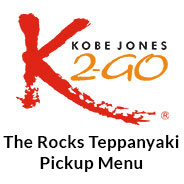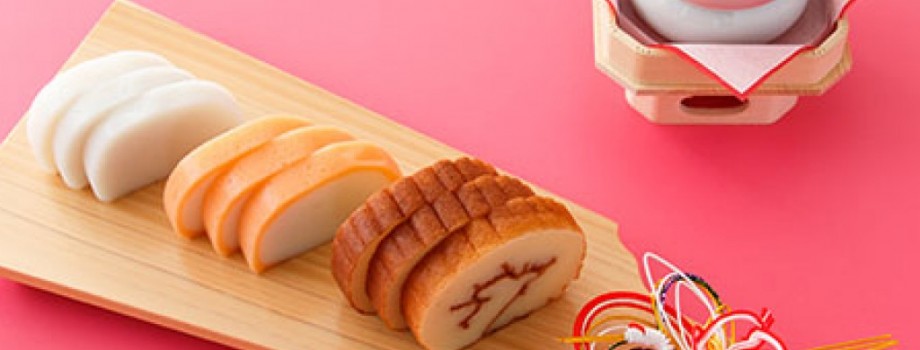Celebrating the New Year is something that we are all accustomed to doing, no matter where are from or what calendar we happen to follow. In Japan, the New Year celebrations are extremely important. It’s a time when families enjoy each other’s company and visit shrines to pray for the year ahead.
History
There’s no doubt that the Japanese culture has a rich history dating back thousands of years, with many customs signifying this past. Like Christmas, the New Year period in Japan has its own set of special foods. The special New Year foods are called osechi ryori, and are generally considered more significant than the Christmas meal.
Osechi ryori is thought to have originated as a way for Japanese housewives to prepare for the first few days of the new year, when stores and food supply outlets were closed. For this reason, the osechi ryori foods are typically prepared in advance, and are able to keep for a few days without refrigeration (usually in lacquer boxes called jabuko). Because New Years Day is a time to start fresh and enjoy the company of family and loved ones, all food preparations must be done in advance.
Significance
No matter the original intention, osechi ryori is a truly significant symbol of the New Year in Japan. Each dish is prepared with love and the sentiment of a new beginning and prosperous year ahead. The cooking methods used are actually ancient methods that predominantly utilise curing techniques. This allows osechi ryori to have a long shelf life without refrigeration.
Traditionally, osechi ryori was served in five tiered boxes, but modern interpretations have seen this reduced to three tiers, or even just two. In fact, sometimes the tiers do not feature at all. Each tier however, is traditionally designed with its own special way of consuming the osechi ryori. The first tier is usually to be served with sake, the second tier contains deep fried foods (using symbolic ingredients), and the third tier contains simmered vegetables, fish, and meat, intending to provide a real smorgasbord of colours and flavours.
Whether served in tiers or not, osechi ryori is still prepared with the intention of each symbolic food bringing a specific good fortune to those that eat it. Here are some examples of a few key elements and what they represent:
- Kazunoko (herring roe) – Small yellow fish eggs that represent abundant harvests and fertility
- Kuromame (black soy beans) – Seasoned with sugar and soy sauce, these beans represent good health for the year ahead
- Tazukuri (dried anchovies) – This dish symbolises a bountiful harvest for farmers
- Datemaki (sweet omelette with shrimp) – Resembling a scroll, this dish is a wish for scholarship
- Kuri Kinton (mashed sweet potato and chestnut) – This particular dish symbolises a wish for good fortune and economic wealth in the year ahead.
These are merely a few key examples to show how symbolic each component of the varietal New Year’s feast truly is to the Japanese. In addition to these specific components and their symbolism, careful attention is paid to ensure that auspicious and prosperous colours are also included throughout each dish.
In today’s fast paced world, many Japanese have inevitably turned to ready made options for the new year celebrations. As a result, osechi ryori can be purchased as pre-made boxes, almost like a supercharged bento box. Some of the most prestigious restaurants sell these take home feasts for up to $3,000, such is the importance of this feast. For those that can’t pay as much, even a basic option will cost around $300.







